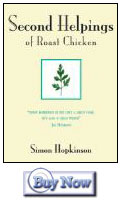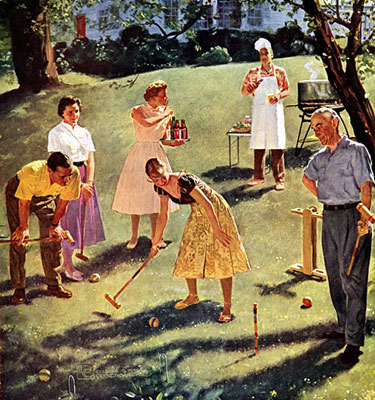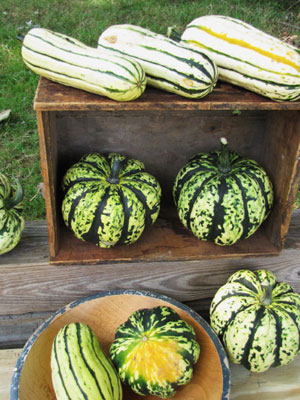 Not every day is a winner in a food writer’s test kitchen. In fact, yesterday was kind of a stinker, if I’m really to be honest. I made some stuffed winter squash which was just—not good. I’ll spare you the details about the stuffing, but I have to tell you, the most frustrating thing was this: The squash were under-ripe. And so, as beautiful as they were raw, the squash were fibrous and bland when cooked. I know—I’m really making you salivate, now, huh?
Not every day is a winner in a food writer’s test kitchen. In fact, yesterday was kind of a stinker, if I’m really to be honest. I made some stuffed winter squash which was just—not good. I’ll spare you the details about the stuffing, but I have to tell you, the most frustrating thing was this: The squash were under-ripe. And so, as beautiful as they were raw, the squash were fibrous and bland when cooked. I know—I’m really making you salivate, now, huh?
I more or less suspected this was the case when I picked the squash before I had solved this dilemma of “how do you tell when winter squash is ripe?” I know, I am supposed to be a vegetable expert. So I should definitely be hanged (or maybe something less dramatic) for continuing to cook the squash once I cut it open and started digging the seeds out of the hard, pale flesh.
I knew for sure then that the squash (especially the Delicatas) were under-ripe. (You’ve probably had this experience with a slightly green butternut squash you’ve bought at the market.) The thing is, in the gardening department, I’m still a neophyte, and try as I might, I haven’t been able to get a straight answer from other gardeners on how to tell when my stripey Carnival and Delicata squash are ripe.
I’ve been told to wait for the stems to wither and dry up on the vine (uh-oh, I am not that patient), and I’ve been told to look for a good spot of orange color on the underside. But I am beginning to suspect that it is, in fact, a color issue.

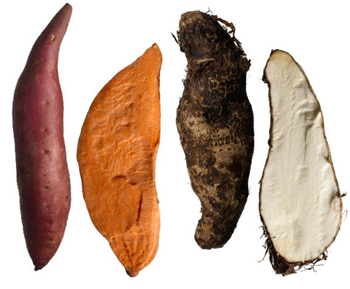
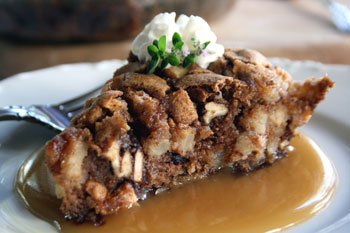 One of my favorite things about Fall is apples…and trips to the apple orchard. This year, without a trip to one of my favorite apple orchards in the Twin Cities area marked on the calendar, I was beginning to think it would be the first time in many, many years that I didn’t get to an apple orchard. The sign along Highway 10 that made me turn my car down a winding country road in search of my favorite fall fruit, turned into a wild goose chase. But then, an angel appeared and offered me all the apples I could possibly want or need.
One of my favorite things about Fall is apples…and trips to the apple orchard. This year, without a trip to one of my favorite apple orchards in the Twin Cities area marked on the calendar, I was beginning to think it would be the first time in many, many years that I didn’t get to an apple orchard. The sign along Highway 10 that made me turn my car down a winding country road in search of my favorite fall fruit, turned into a wild goose chase. But then, an angel appeared and offered me all the apples I could possibly want or need. I love plums. Love them. They are so versatile, good both savory and sweet. I also love a good salad and am always willing to try something new in this arena as well.
I love plums. Love them. They are so versatile, good both savory and sweet. I also love a good salad and am always willing to try something new in this arena as well.